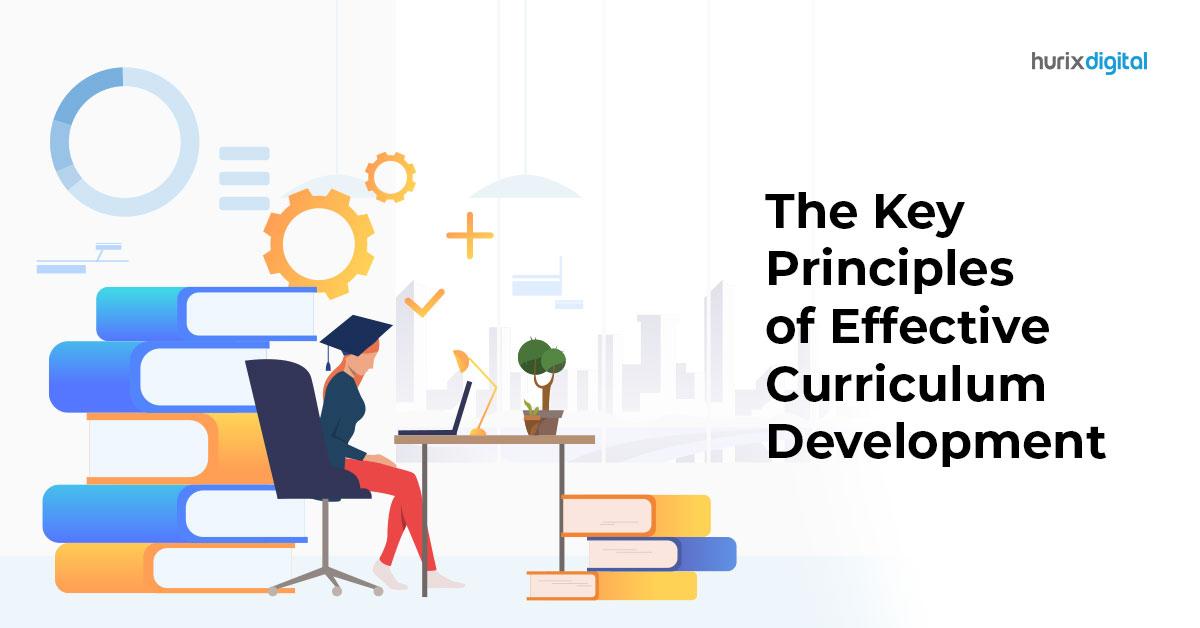Top Strategies Every Curriculum Designer Should Know for Effective Course Development
Are you seeking an impactful career in education technology as a curriculum designer at a university, collage, or school? In today’s digital learning landscape, curriculum designers play a pivotal role in shaping innovative educational experiences. By mastering the moast effective course development strategies, you can empower learners, inspire educators, and stand out to employers in the fast-evolving edtech sector. in this extensive guide, we’ll explore the vital strategies every curriculum designer should know — with practical tips to help you deliver engaging, efficient, and outcome-driven courses.
Why Effective Curriculum Design Matters in Education Technology
The demand for expert curriculum designers in universities, colleges, and schools has never been greater. With the rapid advancement of education technology, institutions need professionals who can seamlessly integrate digital tools, foster interactive learning, and ensure education meets today’s standards. Effective course development doesn’t just enhance student outcomes; it also supports institutional goals,encourages lifelong learning,and ensures a competitive edge for both educators and learners.
- Enhanced Learning Outcomes: Well-designed curricula improve knowledge retention and skill acquisition.
- Active Student Engagement: Innovative design techniques make courses more interactive and enjoyable.
- Technology Integration: Leveraging digital resources optimizes both teaching and learning processes.
- Future-Ready Graduates: Courses aligned with real-world needs better prepare students for their careers.
Core Responsibilities of a Curriculum Designer
before diving into the strategies themselves, it’s helpful to understand what a curriculum designer does within educational institutions:
- Conducts needs assessments to determine learning objectives
- Develops learning outcomes and instructional materials
- Collaborates with subject matter experts (SMEs) and faculty
- Integrates technology and multimedia for enhanced delivery
- Evaluates and revises courses based on feedback and data
Top Strategies for Effective Course Development in Education Technology
1. Start with Clear Learning Outcomes
Every successful course begins with clearly defined learning outcomes. These statements guide your design, inform assessments, and help students understand what’s expected.
- Use the SMART model: outcomes should be Specific, Measurable, Achievable, Relevant, and Time-bound.
- Align outcomes with institutional or curriculum standards for coherence.
- Communicate outcomes at the course start to unify students and instructors around common goals.
2. Adopt Backward Design Principles
Backward design starts with the end in mind — frist identifying desired results and then working backward to create instructional methods and assessments that align with those goals.
- Begin by specifying what learners need to know and be able to do on course completion.
- Design assessments to measure those targeted outcomes.
- Build instructional content, activities, and resources to support students in achieving them.
3. Leverage Educational Technology Effectively
Modern curriculum designers must be adept at selecting and integrating digital tools to enhance learning:
- Choose learning management systems (LMS) that support multimedia, interactivity, and analytics.
- Incorporate videos, podcasts, gamified elements, and collaborative tools to increase engagement.
- Stay up-to-date on emerging trends like adaptive learning, AI-powered feedback, and AR/VR applications.
4. Ensure Accessibility and Inclusivity
An effective educational course must be accessible to all learners, nonetheless of abilities or backgrounds.
- Apply global design for learning (UDL) principles by providing information in multiple formats (text, audio, visual).
- Ensure platforms and content comply with accessibility standards, such as WCAG.
- Consider the diverse needs of students, including language, culture, and learning preferences.
5. Foster Active Learning and Engagement
Gone are the days of passive lecturing. today’s students expect dynamic, participatory experiences.
- Use project-based learning, discussions, and collaborative assignments to promote critical thinking.
- Embed formative assessments like quizzes and polls for real-time feedback.
- Encourage student autonomy through flexible learning paths and self-directed projects.
6. collect and Use Data for Continuous Improvement
Data-driven course development ensures you’re meeting learners’ needs and supporting institutional objectives.
- Utilize analytics from your LMS to track engagement and performance.
- Solicit student and faculty feedback regularly through surveys and focus groups.
- Iterate and refine course materials based on quantitative and qualitative insights.
Benefits of Mastering Course Development Strategies as a Curriculum Designer
Becoming adept at these strategies not only enhances your value to universities,colleges,and schools,but also offers significant professional and personal benefits:
- job Security and Advancement: Skilled curriculum designers are in high demand in education technology roles.
- Professional Recognition: Institutions increasingly recognize those who deliver innovative, high-impact courses.
- Career Satisfaction: Helping learners achieve their goals is a deeply rewarding experience.
- Adaptability: Expertise in course design ensures you remain relevant as technology and educational needs evolve.
Practical Tips for Curriculum Designers in Education Technology
- Engage with Professional Communities: Join curriculum design and edtech groups to network and learn best practices.
- Stay Informed: Regularly read research on pedagogy,technology,and instructional design trends.
- Pilot Test Your Courses: Run small test groups before full-scale launch to identify issues early.
- Embrace Feedback: Approach all feedback—positive or negative—as an chance to improve.
- Document the Design Process: Keep detailed records for accreditation and ongoing refinement.
Conclusion: Empowering Learning Through Strategic Curriculum Design
Effective course development is the cornerstone of impactful education technology. As a curriculum designer in a university, college, or school, your role is crucial in sculpting learning experiences that are purposeful, inclusive, and digitally fluent.By implementing these top strategies — from backward design to technology integration and ongoing data-driven refinement — you not only boost student achievement but also elevate your own career in the field of education technology.
Whether you’re an aspiring curriculum designer seeking your first role or a seasoned professional aiming to advance, adopting these proven methods ensures you remain at the forefront of educational innovation. Equip yourself with these core strategies and make a lasting difference in the future of learning!

